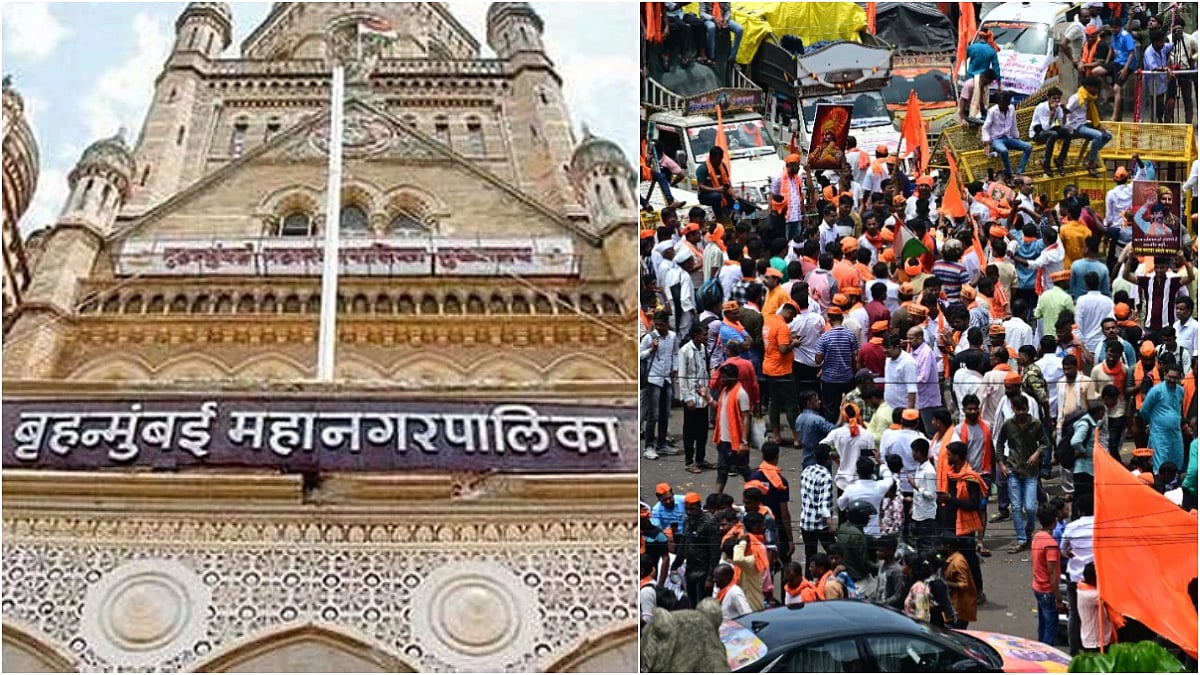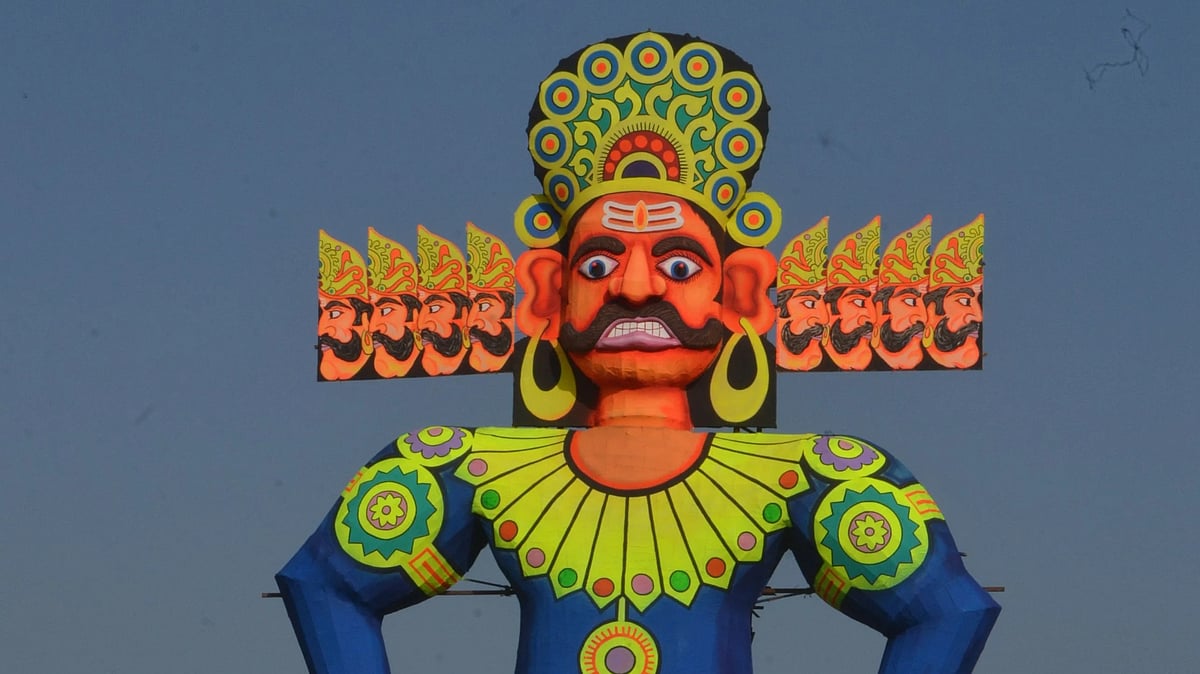The latest data from India’s National Crime Records Bureau showed a staggering 4.5 lakh cases of crimes against women in 2023, marginally up from the previous two years. That’s the last calendar year for which data from across the country has been collated and disseminated; it may well have gone up in the past two years, but we will not know that for sure for another year or two at least.
This is no small matter, nor can it be dismissed by pointing a finger at the country’s large population. Expectedly, Uttar Pradesh topped the tally with more than 66,380 cases, while Maharashtra and Rajasthan registered 47,100 and 45,450 cases, respectively. This can be a tad misleading because UP and Maharashtra are also among India’s most populated states. In the top five were West Bengal and Madhya Pradesh too.
But it is not merely the numbers that shock; it is their trend and the implications for women across the country. The molestations, rapes, dowry deaths, and sexual harassment just do not ebb, despite the lofty slogans and programmes.
The total of 448,211 crimes registered in 2023 means a shocking 1,228 every single day of that year—a number that should make police forces across the country sit up and show urgency of action. It’s important to remember that these are only the registered crimes, and there remains a high possibility that several crimes against women go unregistered at police stations, especially in small towns and rural areas, and would be unrecorded in the public domain or media too.
This data is also focused on women; if data sets on crimes against non-binary genders and the intersections of caste-class-gender are mapped, then the picture may be even more grim.
It is important to also remember that many of the perpetrators turn out to be extremely powerful men, politically or socially. The country witnessed the multiple rape case in Karnataka last year in which Janata Dal (S) party’s Prajwal Revanna (former prime minister HD Deve Gowda’s grandson) was found guilty.
This year, NCP leader Rajendra Hagawane in Maharashtra was charged in the dowry-related suicide of his daughter-in-law. These hit the headlines; several fly below the radar, unreported. The NCRB data showed that cruelty by a husband or his relatives—under Section 498A of the then-prevailing Indian Penal Code (IPC)—accounted for the largest share with 133,676 cases and a rate of 19.7 per lakh, while kidnapping and abduction followed with 88,605 cases.
The latter could be mapped to trafficking and sexual exploitation. Dowry violence means women are not safe even in their homes and families. The bottom line is that mere slogans of women’s safety and allocation of budgets do not make India safer for women; it needs consistent policing, judicial promptness, and, of course, the hard haul of change in attitudes towards women.










